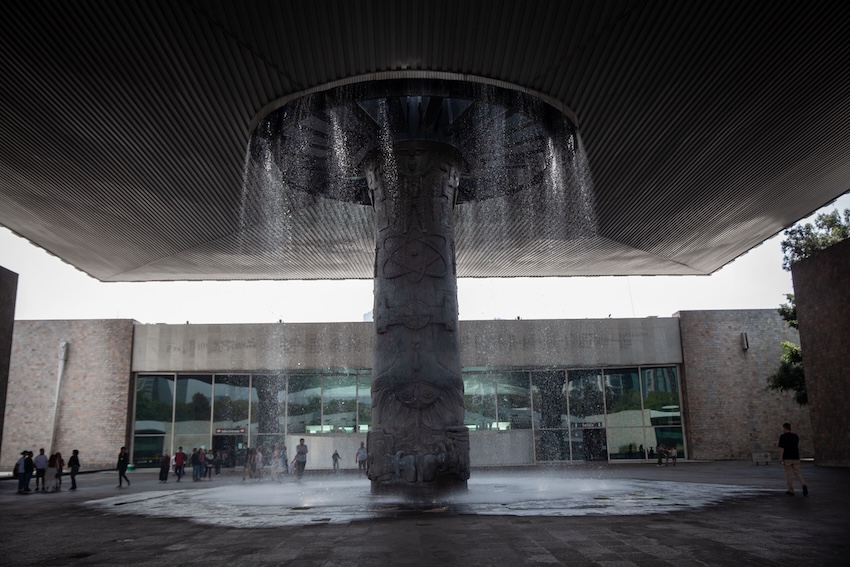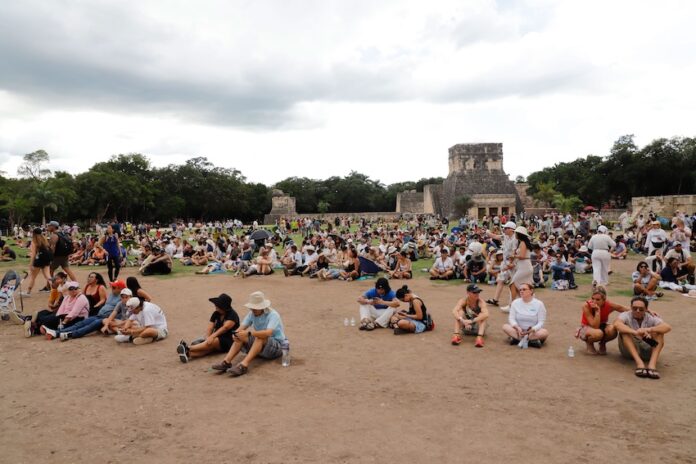The number of visitors to Mexico’s archaeological sites and museums has risen above pre-pandemic levels, Tourism Minister Josefina Rodríguez Zamora reported Sunday.
Attendance at Mexico’s archaeological sites and museums rose to 14.6 million between January and August 2025, reflecting a greater interest in or awareness of the country’s cultural heritage.

Mexico’s museums attracted 7.7 million visitors in this period, marking a 17.6% rise over the same period in 2024 and a 3.9% increase compared to 2019, the last year before the COVID-19 pandemic began. This figure consisted of 89% domestic and 11% foreign visitors.
Meanwhile, 6.9 million people visited Mexico’s archaeological sites between January and August, with 64% national and 36% foreign visitors. This marks a 4% increase compared to the same period in 2024.
The most visited sites were the Maya ruins of Chichén Itzá in the Yucatán Peninsula, with 1.5 million visitors; the Teotihuacán pyramids in México state, with 1.2 million; and the Tulum ruins on Mexico’s Caribbean coast, with 790,000 visitors. Together, visitors to these sites represented 51% of the national total.
“The increase in visits to museums and archaeological sites reflects the interest of national and international tourists in learning about and appreciating our cultural heritage,” Rodríguez Zamora said in Sunday’s press release, “which in turn drives local economic development and contributes to the generation of shared prosperity.”
According to information from the National Institute of Anthropology and History (INAH), Mexico’s most-visited museums so far this year have been the National Museum of Anthropology, the National Museum of History and the Templo Mayor Museum, all of which are in Mexico City.
“Mexico’s historical and cultural wealth is one of our greatest tourist attractions,” said Rodríguez Zamora. “Each museum and archaeological site tells a part of our history and allows us to showcase Mexico’s greatness to the world, thus strengthening the arrival of more visitors and the development of cultural tourism in the country.”
With reports from La Jornada Maya
